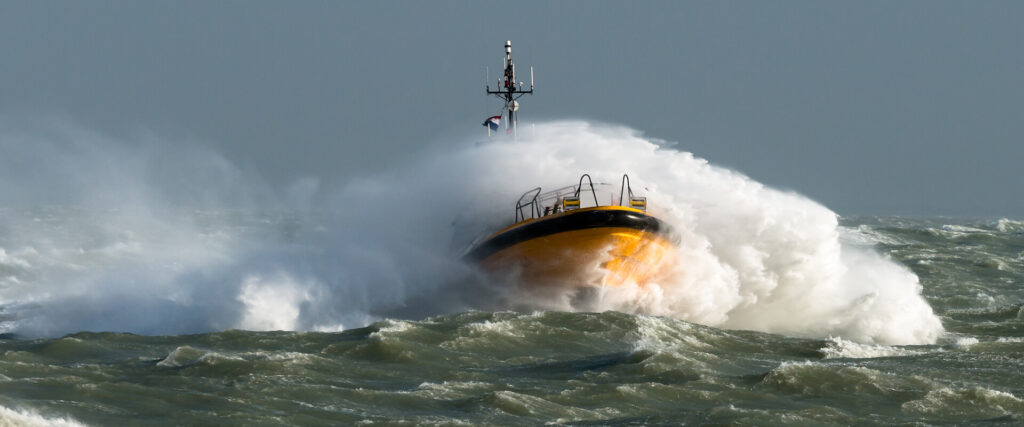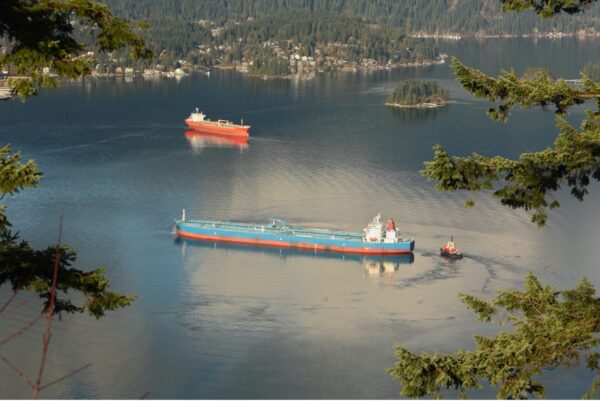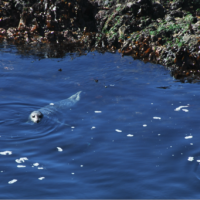Marine pilotage plays a vital role in marine safety and accident prevention.
Around the world, many maritime countries use specialized marine pilots to navigate ships through domestic waterways. Pilots are professionally licensed mariners whose role is to board and assume the conduct of a vessel and guide it along the safest route to its port of call.
A pilot’s role is equally important as that of a captain. Although captains are experts at navigating their vessels, they are not experts on the regulations and specific environments of each port at which their vessels call. Therefore, captains require the local expertise of a marine pilot to ensure that their vessel and its crew, passengers and cargo arrive at their next port of call in a safe and efficient manner.
Marine Pilotage In Canada
Canada is no different. Certain vessels entering compulsory pilotage areas are legally required to have a marine pilot on board to guide the vessel’s transit.
In Canada, vessels subject to compulsory pilotage vary by region and can include:
- Canadian-registered vessels greater than 1,500 gross tonnes
- Vessels not registered in Canada
- Canadian-registered vessels greater than a certain tonnage
- Oil rigs
- Any combination of tug boat and tow, if more than one unit is being towed
- Ferries entering or leaving a terminal that is not one of their regularly scheduled destinations
Vessels that are exempt from compulsory pilotage can include:
- Canadian-government vessels
- Canadian-registered vessels employed in catching and processing living resources of the sea
- Canadian-registered offshore supply vessels less than a certain tonnage that have an operations base in a port located within a compulsory pilotage area
- USA government vessels less than a certain tonnage
When a vessel requires pilotage services, a marine pilot is dispatched to meet and board the vessel as it enters a designated compulsory pilotage area. Pilots usually take a purpose-built vessel referred to as a pilot boat to the vessel requiring their services. They then embark by means of ladder, often climbing the side of the vessel. Once the pilot is onboard they are responsible for guiding the vessel safely through the compulsory pilotage area. Vessels operating under marine pilotage in Canada have a safety record of over 99.9% of trips without incident.
Licensed marine pilots are intimately familiar with the coastlines, inland waters, shoals, harbours, ports, weather, tides, shipping regulations and restrictions of the pilotage area in which they are licensed. Pilots are also familiar with the different propulsion systems, hull design, and rudder characteristics of the various types of vessels and how they react at different speeds in various weather conditions. Today, there are over 400 licensed marine pilots in Canada.
Becoming a Marine Pilot
In order to pursue a career as a marine pilot in Canada, one must have extensive maritime experience. Apprenticeship programs are offered to eligible candidates. Entrants to the program typically have up to 15 years of experience aboard vessels, usually as a ship’s captain or senior officer. Once accepted as an apprentice, candidates spend several years training to learn about the compulsory pilotage area to which they will be assigned.
Hear From A Canadian Pilot
What Is The Pilotage Act?
The Canadian Pilotage Act, enacted in 1972, provides the legislative framework for the provision of marine pilotage services. The Act created four Pilotage Authorities which are Crown Corporations that operate at arm’s length from the Government of Canada. Each Authority is responsible for making regulations related to a number of subjects including:
- Designating compulsory pilotage areas
- Classifying vessels subject to compulsory pilotage
- Training and licensing pilots
- Prescribing tariffs that are to be paid by ship owners for pilotage services.
Pilotage Authorities of Canada
The four Pilotage Authorities and the waterways they are responsible for are:
- Atlantic Pilotage Authority
- New Brunswick
- Nova Scotia
- Newfoundland and Labrador
- Prince Edward Island
- Laurentian Pilotage Authority
- St. Lawrence River
- Saguenay River
- Great Lakes Pilotage Authority
- Great Lakes
- Port of Churchill
- Pacific Pilotage Authority
- Coastal waters of British Columbia
- Fraser River
The Pilotage Act Review
On May 31, 2017 the Government of Canada announced it would be reviewing the Pilotage Act as part of the Oceans Protection Plan. The review is focused on:
- Assessing the Act’s regulatory framework
- Reviewing service delivery
- Evaluating governance structures
- Considering current industry trends and technological developments
The review will also take into consideration the pilotage recommendations from the Canada Transportation Act Review tabled in 2016.
Visit the Government of Canada’s online engagement portal about the Pilotage Act Review before December 29th, 2017 to share your thoughts.
Update
The Government of Canada’s Pilotage Act Review concluded on April 30th, 2018. The Chair of the Review, Mr. Marc Grégoire, provided 38 recommendations to the Minister of Transport Canada prescribing the strengthening of five key elements of the Act’s legislation: its purpose and principles, governance model, labour structure, safety framework and tariff setting process. These findings will inform the Government’s decision-making regarding the future of pilotage. Read the Pilotage Act Review Final Report to learn more about the review process and the recommendations made.
Learn More About:
Terms of Reference for the Pilotage Act Review
Canada Transportation Act Review 2016
Canadian Marine Pilots Association
#clearfacts #marinesafety



